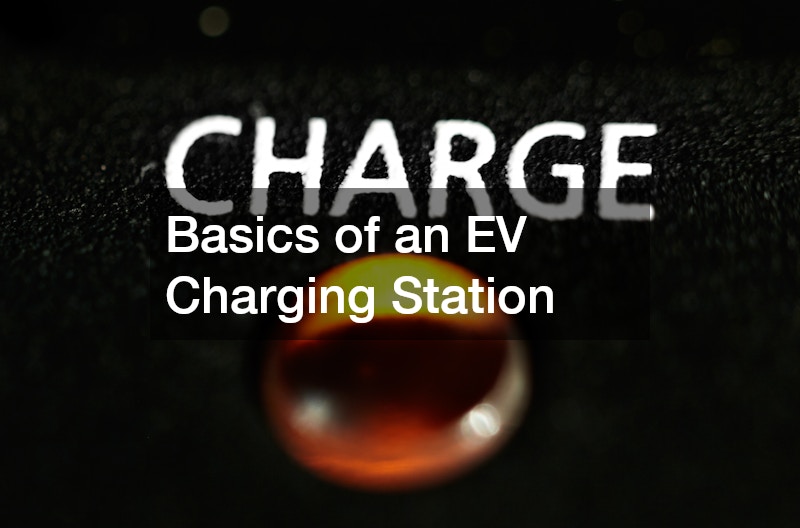As electric vehicles (EVs) become increasingly popular, understanding the basics of an EV charging station is essential for both current and prospective owners. A charging station is a specialized outlet that supplies electrical energy to recharge electric vehicles. These stations vary in design, power levels, and installation requirements, catering to different charging needs and environments.
There are three primary types of charging stations: Level 1, Level 2, and DC Fast Charging. Level 1 charging utilizes a standard household outlet and is the slowest option, typically adding about 4 to 5 miles of range per hour. Level 2 stations are more common for home and public use, delivering a faster charge at approximately 25 miles of range per hour. DC Fast Charging stations provide rapid charging capabilities, allowing drivers to recharge their vehicles to about 80% in as little as 30 minutes.
Installation of an EV charging station may require electrical upgrades, depending on the station’s power requirements and your home’s electrical system. Many homeowners opt for Level 2 chargers for convenience and efficiency, especially if they frequently use their EVs for commuting.
Ultimately, an EV charging station is a vital component for electric vehicle ownership. Understanding its basics ensures that you can make informed decisions regarding installation, usage, and maintenance, facilitating a smooth transition to electric driving and enhancing your overall experience.
.






